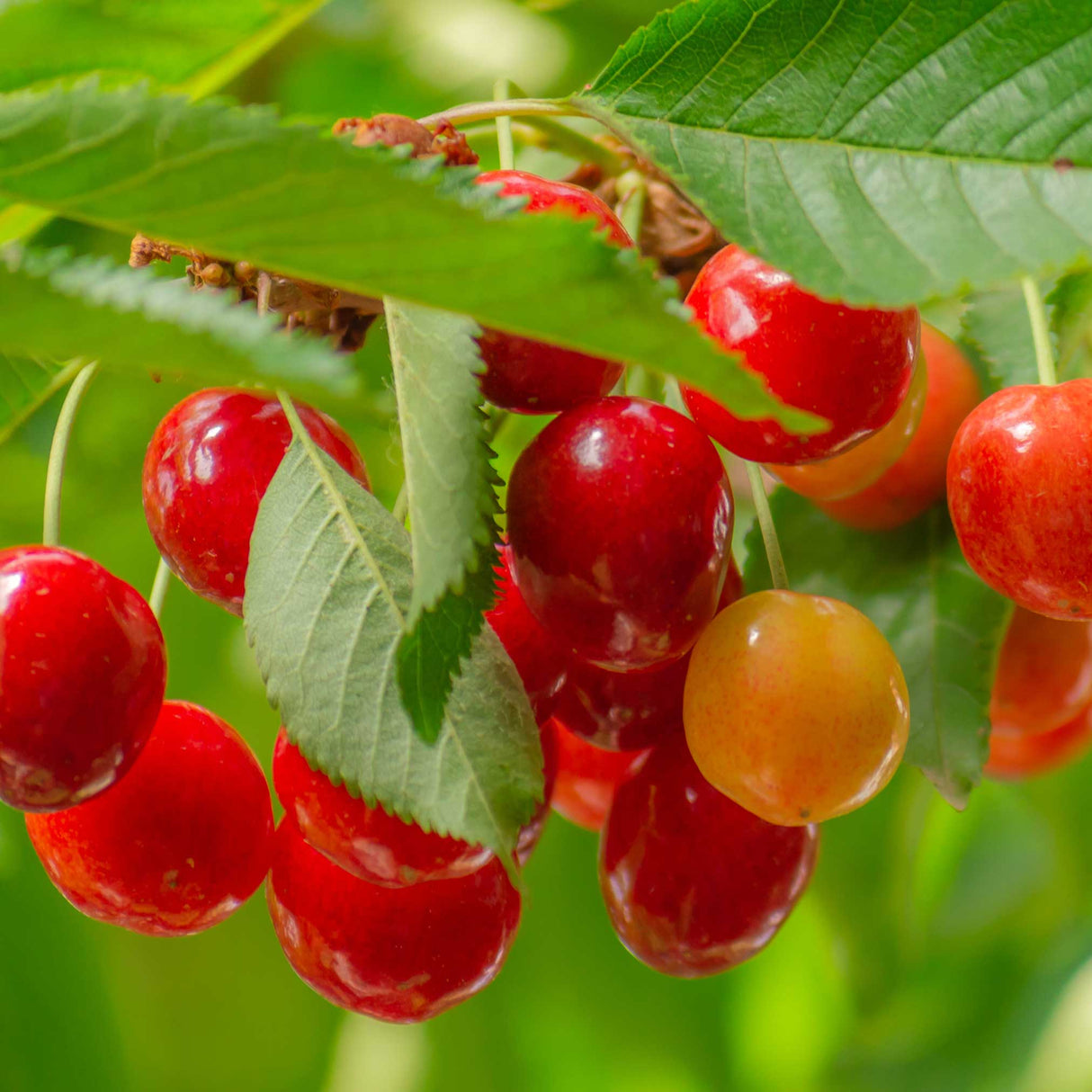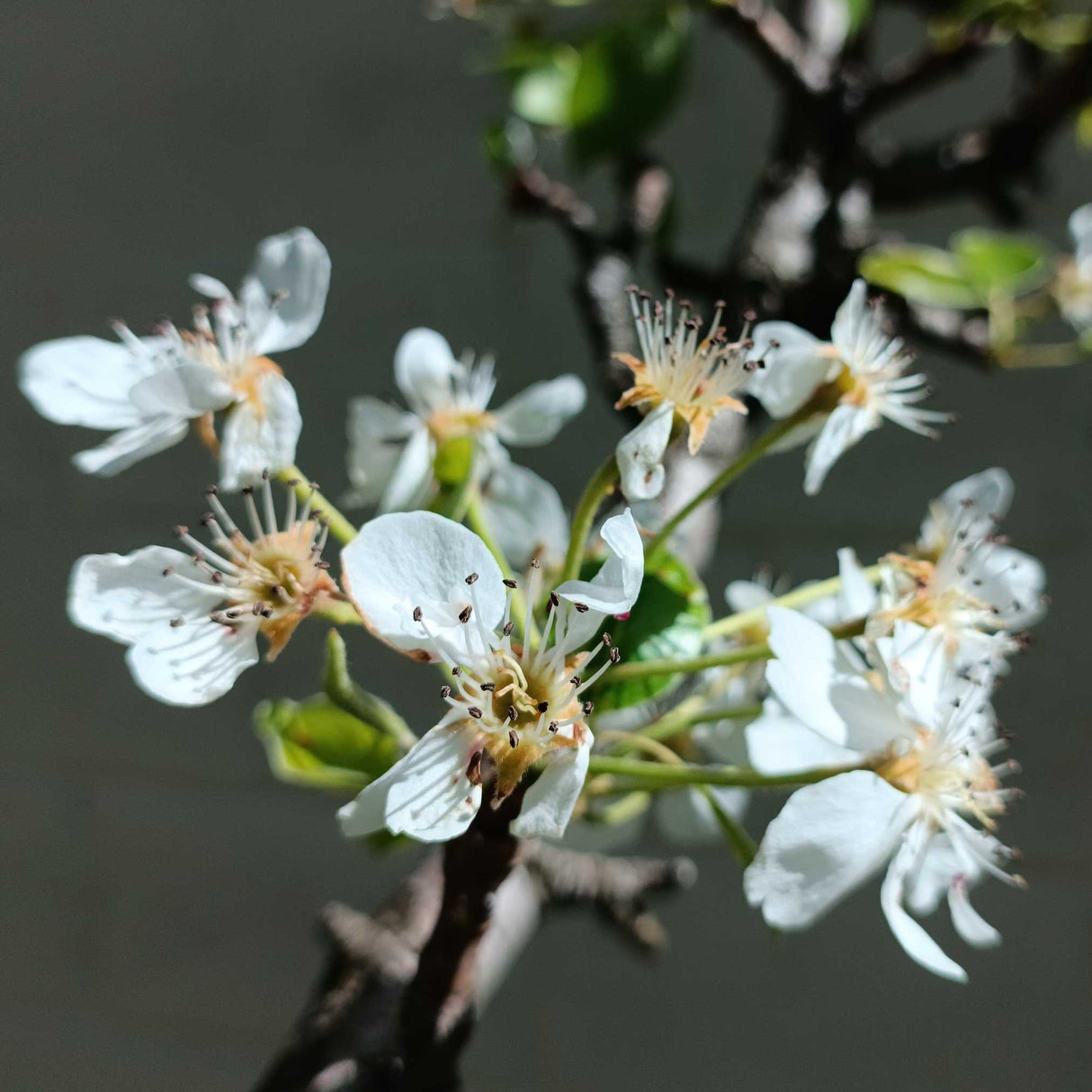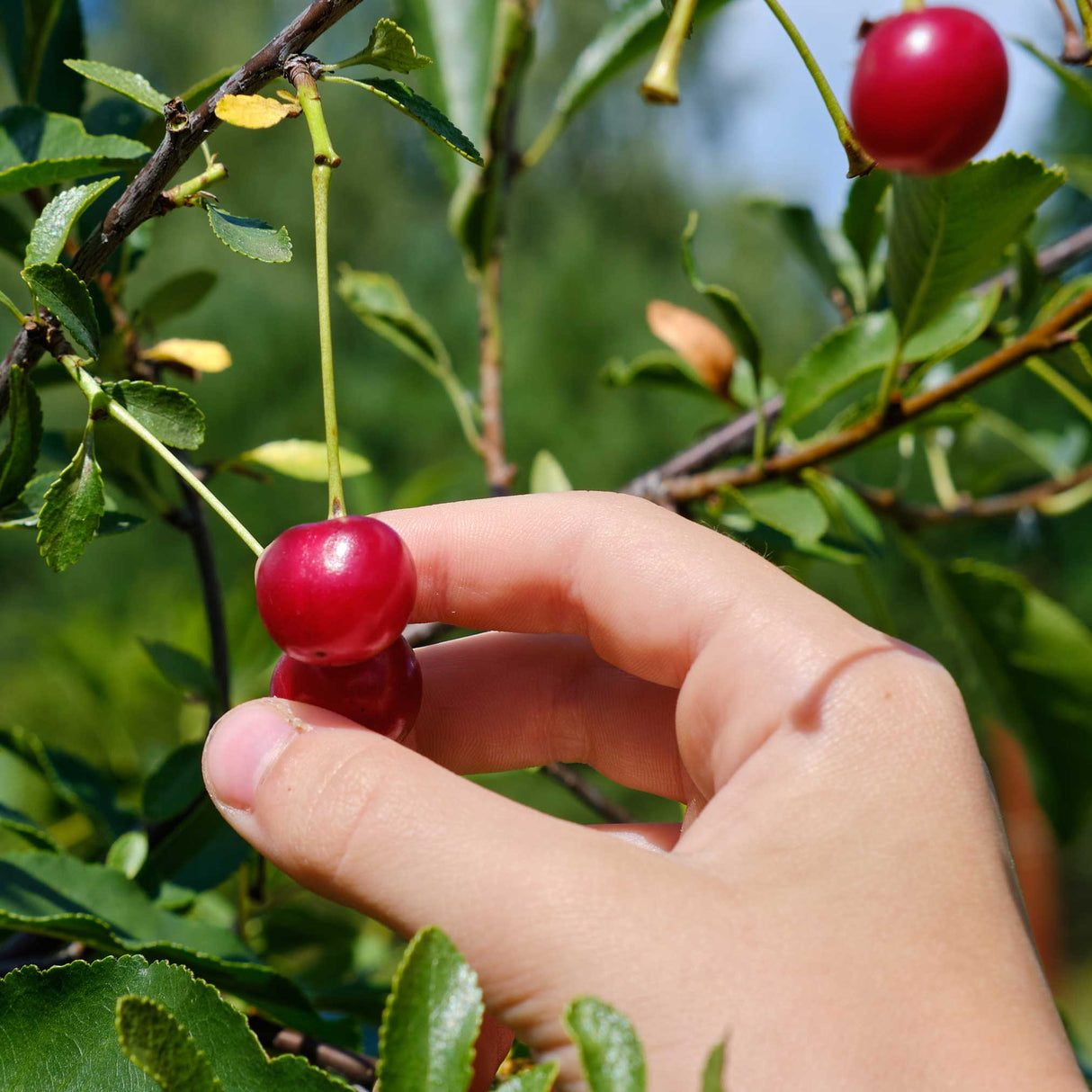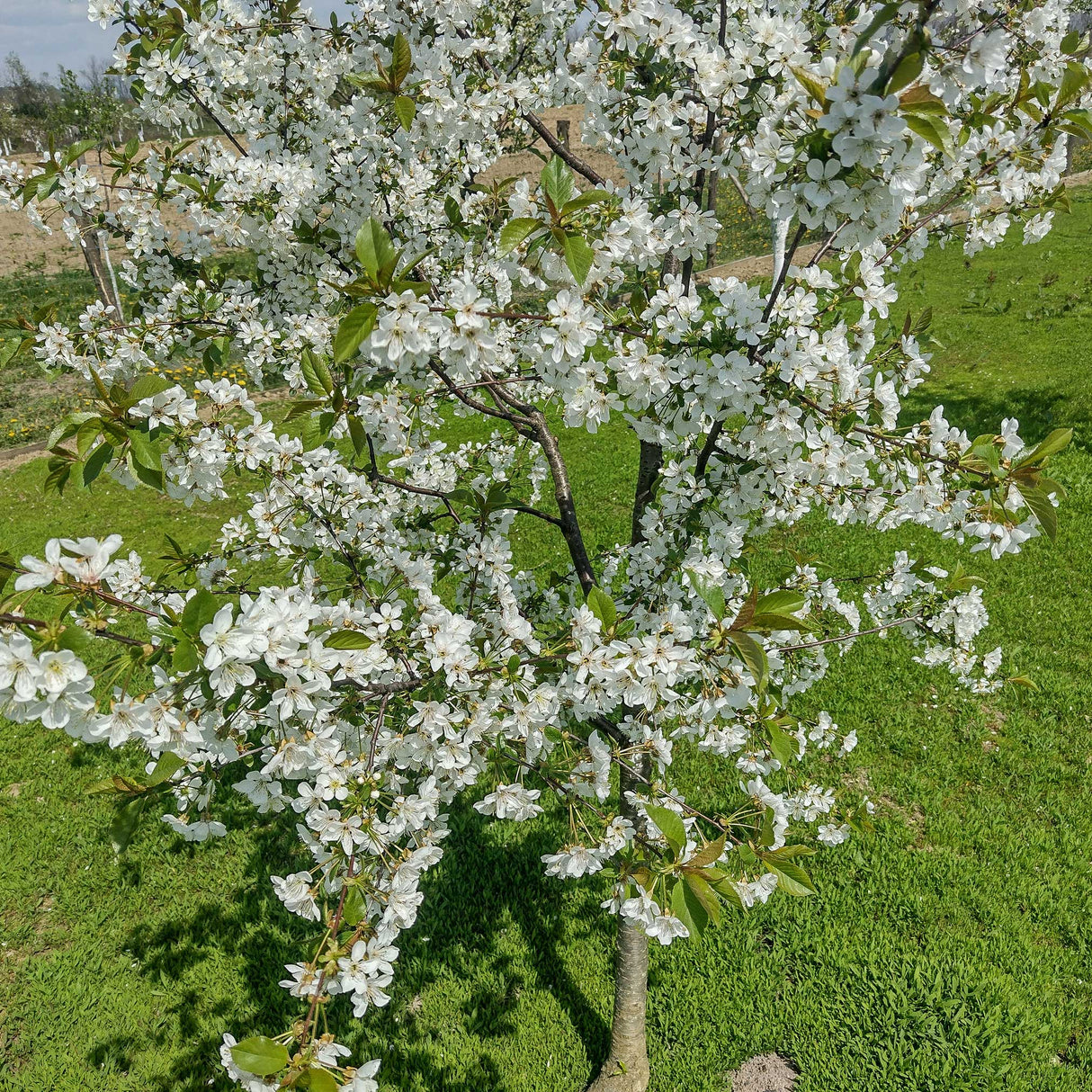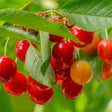Lapins Cherry Tree
Plant Health Guaranteed
Your Plants are Guaranteed
Your Plants are Guaranteed
Your plants are guaranteed to arrive happy & healthy with our 30 Day Plant Promise. Your order will arrive healthy and stay healthy while they adapt to your climate. If not, just call us at (704) 443-8256.
Free Shipping on All Orders
Free Shipping on All Orders
Free shipping on all orders. Your plants will ship out the next business day... expertly packed so that your plants will arrive happy and healthy!
Planting & Care
Planting & Care
|
The Lapins Cherry Tree thrives in Zones 5-9 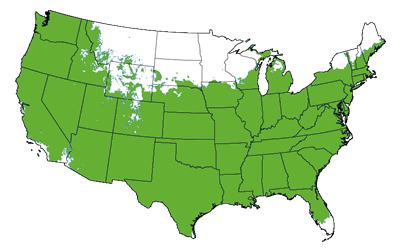
If you live in the green area above, we recommend the Lapins Cherry Tree. |
||
| Your Growing Zone | ||
| Recommended Zones | 5-9 | |
| Mature Height | 15-20 ft. | |
| Mature Width | 10-15 ft. | |
| Cannot Ship To | AZ, CA, ID, OR, WA | |
| Sunlight | Full Sun | |
| Botanical Name | Prunus avium 'Lapins' | |
|
The Lapins Cherry Tree thrives in Zones 5-9 
If you live in the green area above, we recommend the Lapins Cherry Tree. |
|
| Your Growing Zone | |
| Recommended Zones | 5-9 |
| Mature Height | 15-20 ft. |
| Mature Width | 10-15 ft. |
| Cannot Ship To | AZ, CA, ID, OR, WA |
| Sunlight | Full Sun |
| Botanical Name | Prunus avium 'Lapins' |
Description
Description
Lapins Cherry Tree – Sweet, Juicy Cherries with Gorgeous Spring Blooms
The Lapins Cherry Tree (Prunus avium 'Lapins') is a premium, self-pollinating cherry variety known for its large, sweet, and juicy fruit. A hybrid of the popular Bing cherry, the Lapins Cherry Tree produces a bountiful harvest of dark, heart-shaped cherries that are perfect for fresh eating, baking, or preserving. This reliable and productive tree also features stunning white blossoms in spring, making it a beautiful and fruitful addition to any garden or home orchard.
Key Features of Lapins Cherry Tree:
- Sweet, Dark Cherries: Produces large, deep red cherries with a firm, sweet flavor—perfect for snacking, baking, and preserving.
- Self-Pollinating: Unlike many other cherry varieties, the Lapins does not require a second tree for pollination, making it an easy and productive choice.
- Heavy Yields: Consistently delivers abundant crops of fruit, with cherries ripening in mid-summer.
- Beautiful Spring Blooms: Bursts with fragrant, white blossoms in early spring, attracting pollinators and adding ornamental beauty to your landscape.
- Cold Hardy & Heat Tolerant: Thrives in USDA Zones 5-9, making it suitable for a wide range of climates.
Large, Sweet Cherries Perfect for Eating Fresh or Preserving
The Lapins Cherry Tree is celebrated for its large, firm cherries, which boast a deep red color and sweet flavor. These cherries are perfect for fresh eating, adding to fruit salads, or using in pies, tarts, and jams. They’re similar in taste to Bing cherries but often larger and even more productive. You can expect a harvest of delicious, juicy cherries in mid to late summer, offering a reliable source of fresh fruit for your kitchen all season long.
Self-Pollinating and Reliable
One of the standout features of the Lapins Cherry Tree is its ability to self-pollinate. This means you can grow a single tree and still enjoy a heavy crop of cherries, making it ideal for smaller gardens or home orchards. While it doesn’t require a second tree for cross-pollination, planting another variety nearby can increase your yields even more. The Lapins is known for its productivity and reliability, delivering large harvests year after year.
Beautiful Spring Blossoms
In addition to providing a plentiful supply of cherries, the Lapins Cherry Tree enhances your garden with a stunning display of fragrant white blossoms in early spring. These blooms attract bees and other pollinators, ensuring good fruit set while adding ornamental beauty to your yard. The combination of spring blooms and summer fruit makes this tree a delightful addition to any landscape.
Cold Hardy and Heat Tolerant
The Lapins Cherry Tree thrives in a wide range of climates, from cool northern regions to warmer southern areas. It’s cold hardy in USDA Zones 5-9, making it a reliable choice even in areas with colder winters. This tree also performs well in hot, sunny locations, making it an adaptable and resilient option for various environments. It requires full sun and well-drained soil to produce the best fruit, but once established, it is relatively low-maintenance.
Easy to Grow and Care For
The Lapins Cherry Tree is easy to grow and care for, making it an excellent choice for both beginner and experienced gardeners. This tree prefers full sun and well-drained soil, and it benefits from regular watering, especially during its first few years of growth. Occasional pruning helps maintain the tree’s shape and promotes better airflow, leading to healthier growth and higher fruit yields. Its resistance to common cherry tree diseases makes it a low-maintenance and dependable choice for your garden.
Why Choose Nationwide Plants?
At Nationwide Plants, we pride ourselves on providing the highest quality fruit trees that are carefully selected to thrive in your garden. Our Lapins Cherry Trees are handpicked for their robust health and productivity, ensuring you receive a top-quality tree that will reward you with delicious cherries and beautiful blooms. With fast shipping and excellent customer service, Nationwide Plants makes it easy to bring the best cherry varieties to your home.
Enjoy Sweet, Homegrown Cherries – Order Your Lapins Cherry Tree Today!
Start growing your own delicious cherries with the self-pollinating, productive Lapins Cherry Tree. Whether you're looking to add a tree to your home orchard or simply enjoy fresh cherries each summer, this easy-to-grow variety is perfect for you. Order today from Nationwide Plants and enjoy fast, reliable delivery of this exceptional tree right to your door!


